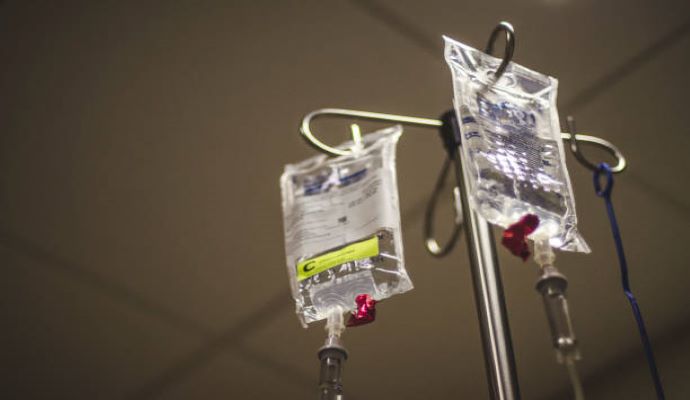FDA Approves New Treatment for Large B-Cell Lymphoma
On June 24, the FDA approved a new large B-cell lymphoma treatment as a second line of defense for patients.

Source: Getty Images
- Recently, the FDA approved a new second-line treatment for large B-cell lymphoma (LBCL). Lisocabtagene maraleucel is the generic name for Breyanzi, developed and marketed by Juno Therapeutics. As a second-line treatment, it is to be used for patients who have not benefitted from standard chemoimmunotherapy or have relapsed after chemoimmunotherapy.
B-cell lymphoma is a type of non-Hodgkin Lymphoma (NHL). The CDC defines NHL as cancer in the lymphatic system that spreads without order. A publication from the National Library of Medicine states that NHL makes up 80% of all lymphomas. Of that 80%, up to 30% of NHLs are LBCLs.
According to the American Cancer Society, many factors can contribute to the risk of developing NHL, including LBCL. The odds of LBCL diagnosis increase with age. While NHL can occur at any age range, most cases occur in adults over 60. Additionally, environmental exposures, race, gender, and family history contribute to NHL, and thus LBCL, risk.
A clinical trial tested the efficacy of lisocabtagene maraleucel using 184 patients with LBCL who were either resistant to standard first-line treatments or had relapsed within a year of treatment.
Patients in the trial received one of the following treatments: an infusion of the lisocabtagene maraleucel treatment after fludarabine and cyclophosphamide lymphodepleting chemotherapy or high-dose therapy and hematopoietic stem cell transplantation following the standard three cycles of chemoimmunotherapy.
To measure efficacy, the researchers looked at event-free survival. Event-free survival in the group receiving the Breyanzi treatment was approximately 45%. This value is 21% greater than the standard lines of therapy.
Furthermore, the average event-free survival time for patients receiving Breyanzi was 10.1 months compared to the 2.3 months in patients receiving standard treatments.
An additional study was done on patients who were not eligible for the standard treatment regimen. Complete response and duration of response were used to analyze efficacy. Complete response was obtained in 54% of patients receiving lisocabtagene maraleucel.
There are limitations to the approval of lisocabtagene maraleucel. First, it is only approved for use in adults. Additionally, the FDA approval comes with a Risk Evaluation and Mitigation Strategy. This is due to the potential side effects of Breyanzi. These side effects include cytokine release syndrome, neurologic toxicities, fever, difficulty breathing, and others.
Considering this recent approval, oncologists treating patients with LBCL will have another therapy to choose from in their toolbox. Decisions on patient care will be made by providers in collaboration with patients, families, and other members of the care team. Further research on Breyanzi may include expanding the potential application in pediatric patients.
